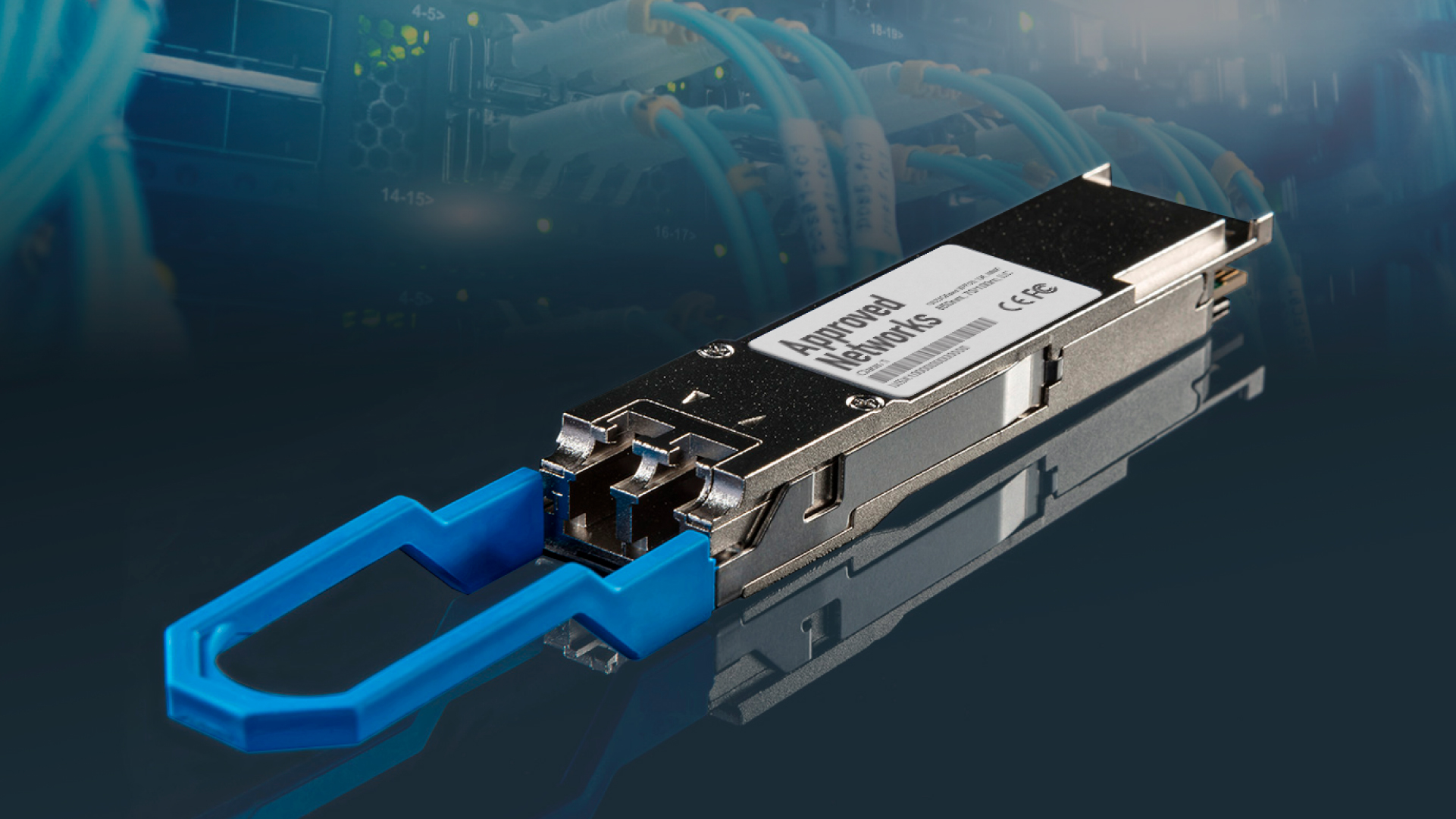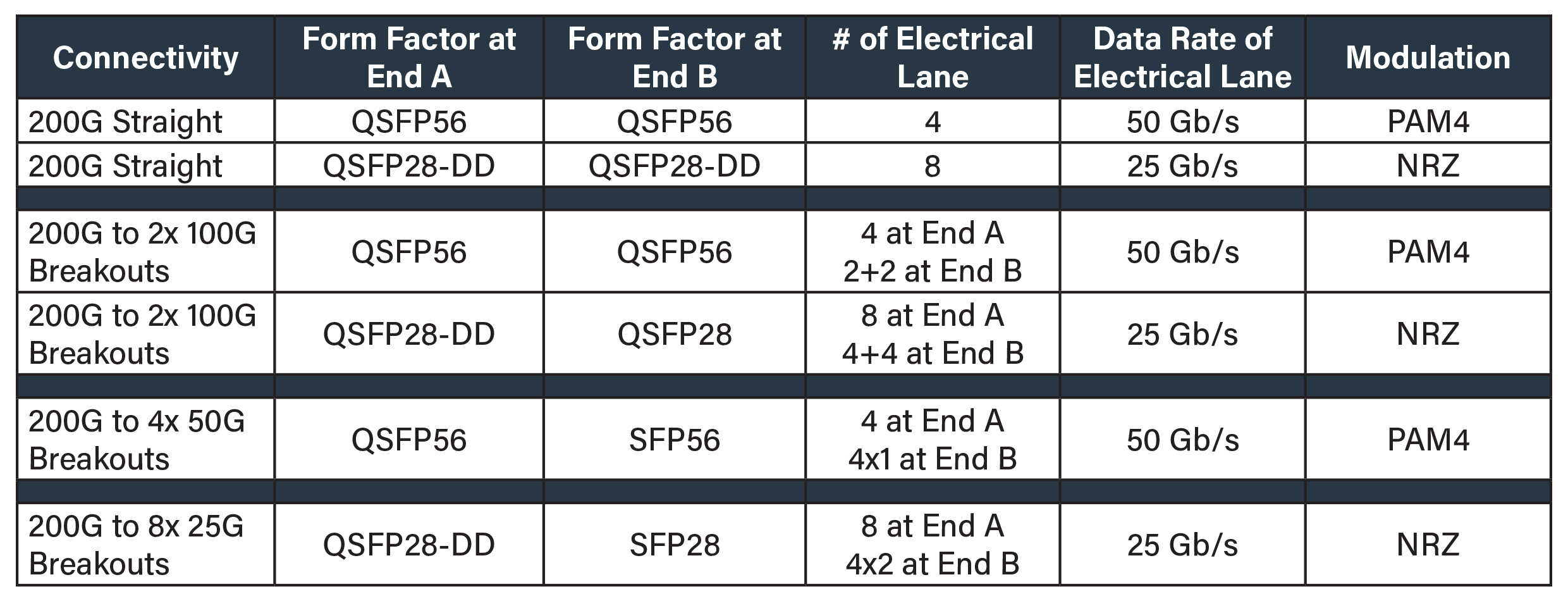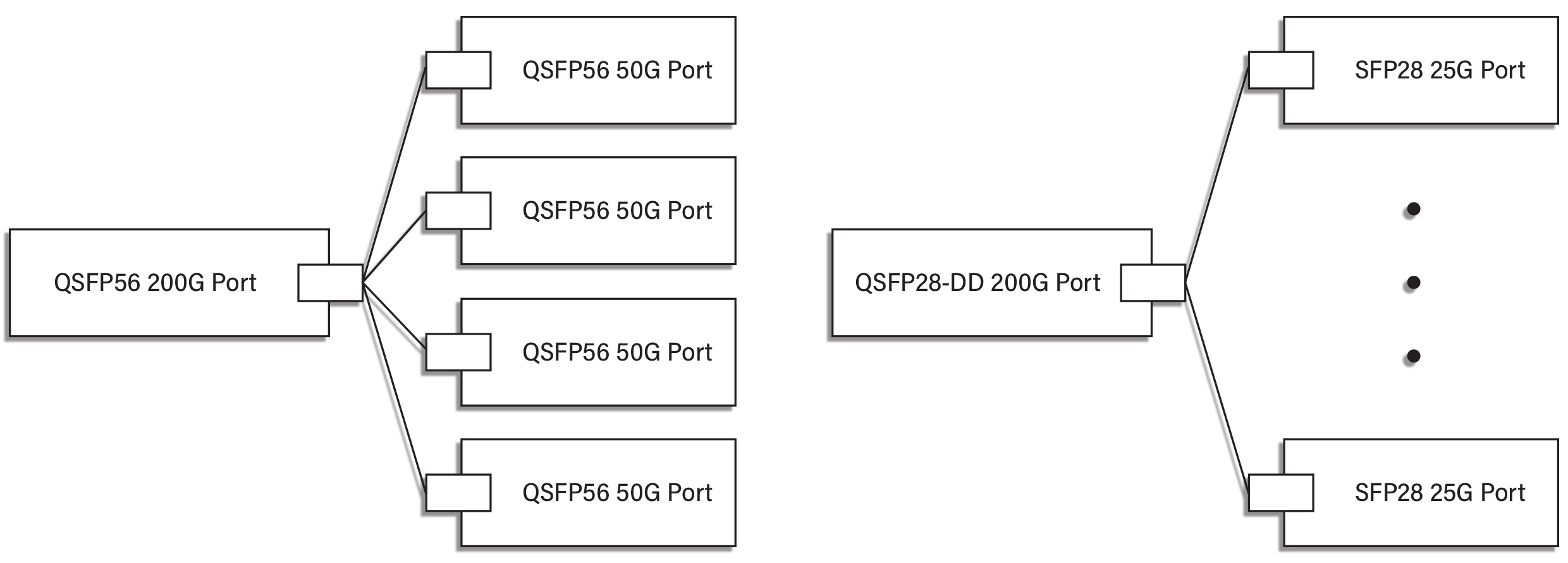200G vs. 2x100G, How to Choose?
Posted by Frank Yang on Jan 11, 2022

You may recall an article I shared in June of 2021 about 400G, its complexity and how to select the appropriate 400G connectivity for your application. Now we’ll step back a bit and shine some light on the complexity and even some confusion surrounding 200G.
The confusion may be rooted in the presence of two incompatible implementations. 200G can be implemented with either the QSFP56 or the QSFP28-DD form factor. The following table demonstrates between these two form factor in terms of speed, signaling modulation, and total number of electrical lanes being used.
The electrical lane is the function block (or element, subset) of digital communications between two end points. The electrical lane is characterized by three primary parameters, the signal modulation scheme, speed per lane, and total number of lanes being used.

- 1) QSFP stands for Quad Small Form-Factor Pluggable. DD stands for Double Density. SFP stands for Small Form-Factor Pluggable.
- 2) The “56” (or ”28”) in QSFP56 (or QSFP28) indicates the maximum speed of 56 (or 28) Gb/s of individual electrical lane -representing the nominal data rate of 50 (or 25) Gb/s.
- 3) NRZ stands for Non-Return to Zero. NRZ transmits digital data through two amplitude levels, one representing a digital ‘1’ and the other representing a digital ‘0’.
- 4) PAM4 stands for Pulse Amplitude Modulation 4. PAM4 transmits digital data through four amplitude levels, each level representing the combinations of two digits of “0” and “1”.
There are some important details to make very clear when sourcing 200G. For example, specifying “QSFP56 200G straight cables” is more precise than saying “200G cables”. And, “I’m looking for the QSFP28-DD to 2x QSFP28 100G breakout cables” will be much clearer than simply asking for “2x 100G breakout cables”.
So how DO you choose the right 200G connectivity for your application? You’ll want to start by addressing the modulation scheme and nominal data rate per electrical lane.
NRZ modulation is the predominate modulation scheme for transmitting data at up to 25 Gb/s. Most 100G switches and network interface cards (NICs) on the market are equipped with QSFP28 ports using 25G NRZ, but there are some switches equipped with QSFP28-DD ports that can be configured to 25G NRZ for 200G per port.
PAM4 modulation is a relatively new modulation scheme for transmitting at 50 Gb/s. The market has seen QSFP56 200G switches and dual-port QSFP56 100G NICs using 50G PAM4 modulation.
The 200G-to-200G interconnect applications are relatively straightforward. You will need to connect QSFP56 to QSFP56 or QSFP28-DD to QSFP28-DD to make the 200G interconnect work. Pay close attention to those 200G breakout applications and the following two figures to help provide clarity.

You may have noticed that QSFP56 shows up on both the 200G side and 100G side of the diagram to the right of Figure 1. The QSFP56 100G ports use only two electrical lanes of each port for communication to form two plus two electrical lanes to communicate with the four lanes of the QSFP56 200G port.

Hopefully we’ve clarified some questions, curiosity or confusion surrounding 200G and 2x 100G technology. Networking technologies are moving fast, and the complexity and challenges are growing even faster. Let us help you to make your next 200G and 400G applications successful.